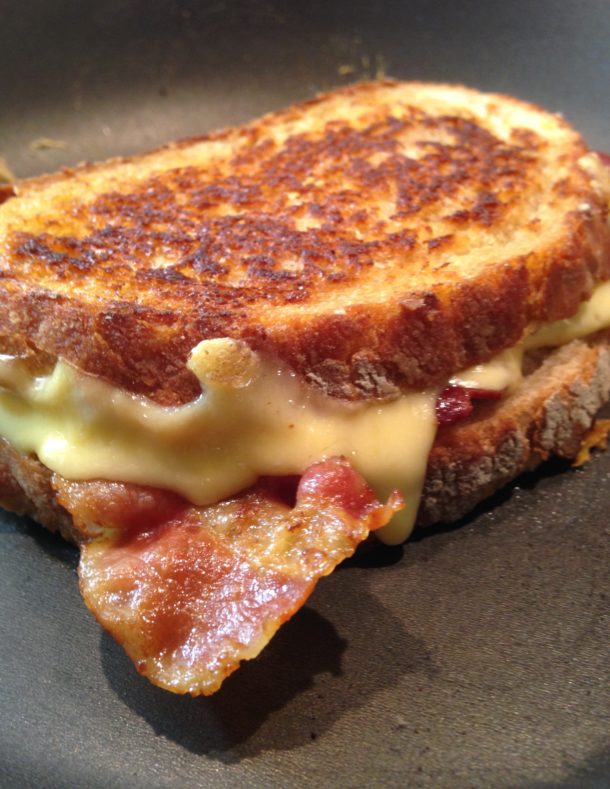If you’re cooking at home, it’s likely that you’re dishing up just as many food safety hazards as you are tasty dishes. That’s because everything from how you shop for perishables to how you wipe down a cutting board while prepping dinner can affect food safety, and create a hazardous food situation. To help prevent that, here are five ways you might be creating an unsafe food environment in your kitchen, and what to do about it.
1. Driving Around with Groceries
While it may seem fairly obvious that driving around in a hot vehicle with perishables in the back seat can contaminate food, it’s often one of the most common forms of food contamination. When you’re knocking out the errands on your to-do list, save grocery shopping for last, so that the perishables like fresh produce, meat, and dairy products don’t have to endure too much time in an unrefrigerated environment. And once you get home, get them inside the fridge as soon as possible.
2. Prepping Meat Before Veggies
Another important aspect of food safety is keeping meat and other raw ingredients away from vegetables during food prep, and making sure none of the juices from raw meat touch any other ingredients. This means making sure plates, utensils, and cutting boards are used in a thoughtful manner. One good practice to put into play is to prep vegetables first before prepping the meat. It’s easy to remember, and thus easy to implement.
3. Not Thawing Meat Completely Before Cooking
Have you ever cooked a piece of meat that was frozen beforehand, only to notice when you cut it, the center is raw? This is because the meat isn’t thawed completely before it’s cooked. The absolute best way to thaw meat is to let it defrost overnight or during the day in the fridge. So, planning a meal the day before can help you plan and time your defrosting. If that’s not an option, and you need to defrost meat sooner, let meat sit in the sink under running room temperature water. Just make sure to not keep meat out for longer than 3-4 hours to avoid bacteria growth.
4. Cooking Meat At Too Low a Temperature
The importance of using the correct cooking temperature can’t be overstated. Under-cooked food contributes to a host of food-borne illnesses, so making sure that you’re cooking everything to the correct specifications is an extremely important piece of the food safety puzzle. As a quick refresher, ground beef should be cooked to a temperature of 160 degrees; pork should be cooked to 145 degrees; poultry needs to be cooked to 165 degrees; and beef, veal, and lamb needs to reach an internal temperature of 145 degrees.
5. Not Washing Your Cutting Board After Every Use
Bacteria can live almost anywhere, but the most likely home for them in your kitchen is on the counter, serving trays, and cutting boards. One of the most important food safety precautions you can take is to wash your cutting board, countertop, and any other areas where you do food prep thoroughly with hot, soapy water – or Clorox and water – after cooking to get rid of any bacteria left behind.





